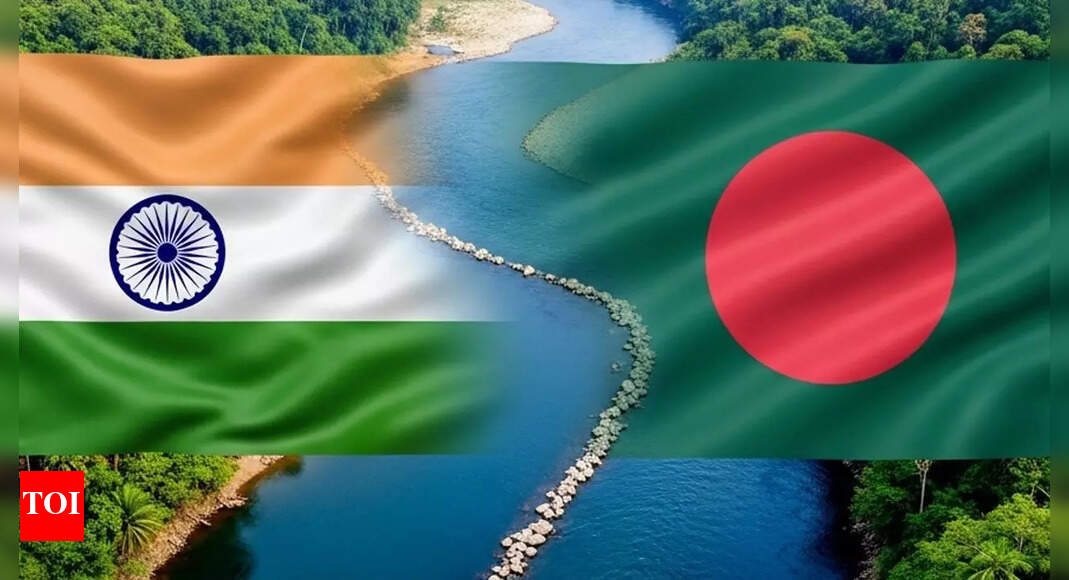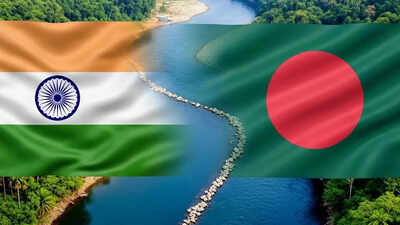Ganges Water Sharing Treaty with Bangladesh to be revised? India is exploring various alternatives to modify and reassess a significant agreement with Bangladesh regarding the distribution of Ganga waters, following its decision to suspend the Indus Waters Treaty with Pakistan.The agreement for sharing Ganga waters, called the Ganges Water Sharing Treaty, expires in 2026, marking 30 years since its implementation. While renewal requires mutual agreement, New Delhi is eyeing a fresh treaty that addresses its present developmental requirements, sources told ET.
What is the Ganga water agreement between India and Bangladesh?
The agreement, which was formalised in 1996 when Sheikh Hasina began her first tenure as Bangladesh’s Prime Minister, established a framework for distributing Ganga’s flow at the Farakka Barrage in West Bengal during the critical dry period from January 1 to May 31 annually.Also Read | China plays hardball! After choking rare earth magnets supply, China blocks important agriculture-related shipments to India; continues exports to others
- The water-sharing agreement of 1996 between India and Bangladesh was established to resolve disputes regarding the Farakka water allocation.
- The discord arose following the 1975 activation of the Farakka barrage, which channelled water from the Ganges to the Hooghly River to ensure the Calcutta port remained navigable.
- The agreement established terms between India, the upstream nation, and Bangladesh, the downstream nation, for sharing Ganges water at Farakka – a barrier constructed on river Bhagirathi, approximately 10 kilometres from Bangladesh’s border.
- The Farakka Barrage’s construction facilitated a 40,000 cusecs water diversion into a feeder canal serving the Kolkata Port Trust.
- The current protocol allocates 35,000 cusecs of water alternately to both nations for 10-day periods during the lean season from March 11 to May 11.
Sources told the financial daily that India seeks an additional 30,000 to 35,000 cusecs during this period to address its growing needs.There exists a necessity to reconsider the agreement to achieve an ideal equilibrium in water distribution between West Bengal and Bangladesh. According to these sources, India seeks to modify the treaty to accommodate its requirements for irrigation, harbour maintenance, and electricity production.The West Bengal administration reportedly supports the Central government’s position, considering that the treaty’s existing provisions are insufficient for their requirements.Also Read | India bleeds Pakistan dry: Water at ‘dead’ levels in Pakistan’s dams; bigger Indus river plans in the works – top points to know

